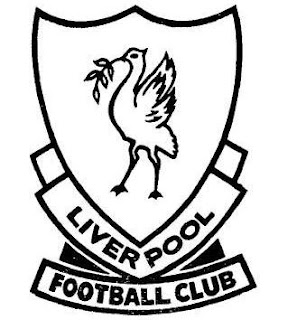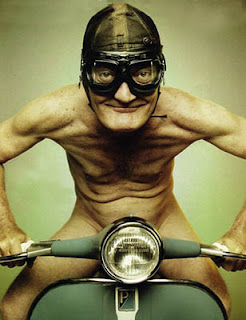While Arnie, the editor of LFChistory.net, was looking through the 7th of September 1907 edition of the Liverpool Echo in the Liverpool library he came across "Hurrah for the Reds" composed by W Seddon on 31st August 1907. This was a fantastic find as Liverpool Football Club had no record of such an old supporters song composed only 15 years after Liverpool Football Club was founded and with notes attached so you could reproduce „Hurrah for the Reds“ a century later! LFChistory.net contacted Paul Wilkes, a singer/songwriter from Liverpool, who so graciously agreed to record the song for us. . Here you can listen to this wonderful song!
It‘s like going back in time to listen to „Hurrah for the Reds“ and you can imagine it being sung in the pubs around Anfield in 1907. The song mentions Hewitt and Mac in attack who are „the gentleman“ Bill McPherson inside-right and centre-forward Joe Hewitt who was a member of Liverpool's staff after his retirement in 1911 as coach, club steward and press-box attendant for nearly 60 years! Goddard and Cox are of course Liverpool Hall-of-Famers; wingers Arthur Goddard and Jack Cox. Raisbeck the fox was Liverpool‘s talisman for a decade, Alex Raisbeck, who should always have a place in Liverpool‘s all-time greatest team. Hardy to hold the fort is „Smoking Sam“ Hardy who is one of the best keepers in the club‘s history.
The lyrics go like this. Hurrah for the boys to play the game. Hurrah for the Reds! Hurrah for the boys there's none can tame. Hurrah for the Reds! There's Hew-itt and Mac to lead the at-tack! With Har-dy to hold the fort, boys. There's God-dard and Cox, and Rais-beck, the fox. And more of the good old sort, boys. Hur-rah Hur-rah Hur-rah Hur-rah Hur-rah for the Reds!
W Seddon wrote down his address as being 4 Radnor Place in Tuebrook and it would be interesting to know if he wrote more LFC songs. So if anyone knows more about him he/she should get in contact with LFChistory.net.
This recording has already got a tremendous response by those closely associated to the club and was featured on LFC.TV on 5th Januar
This recording has already got a tremendous response by those closely associated to the club and was featured on LFC.TV on 5th Januar
~ Thx Google ~











.gif)


















.JPG)








.jpg)

